Arctostaphylos pungens, Pointleaf Manzanita
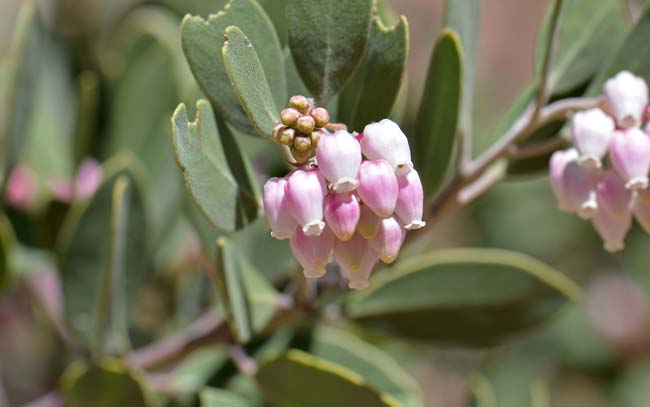
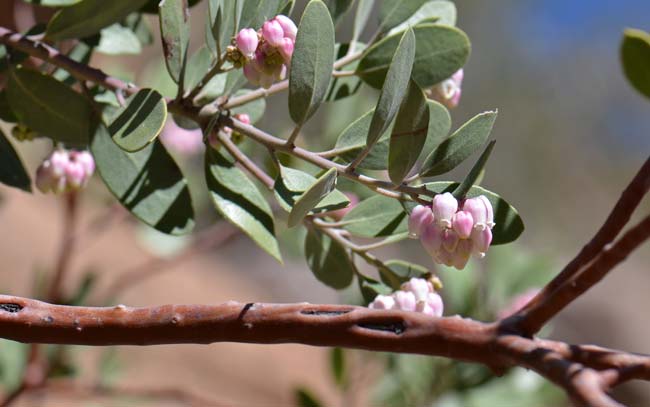
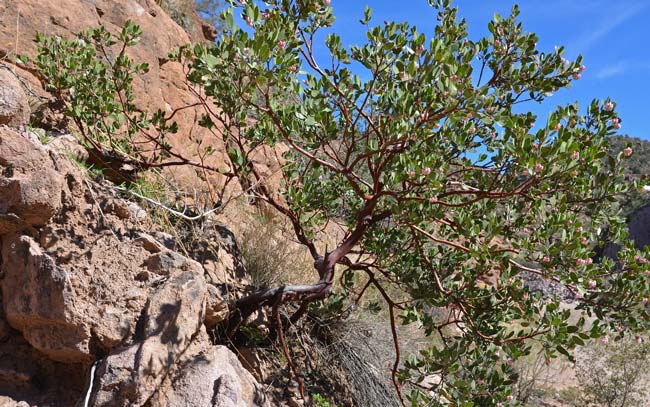
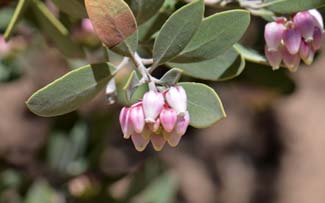
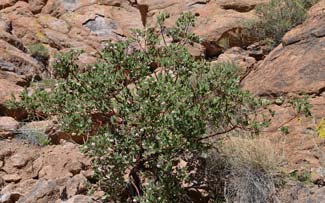
Scientific Name: Arctostaphylos pungens
Common Name: Pointleaf Manzanita
Also Called: Mexican Manzanita; (Spanish: Manzanita, Manzanilla del Monte, Uji, Pinguica, Kadroño)
Family: Ericaceae, Heath or Heather Family
Synonyms: (Arctostaphylos chaloneorum, Arctostaphylos pseudopungens, Arctostaphylos pungens subsp. chaloneorum and Arctostaphylos pungens var. claloneorum)
Status: Native
Duration: Perennial
Size: Up to 5 or 6 feet or more.
Growth Form: Shrub/subshrub; round, erect, new stems hairy, mature stems glabrous, smooth, reddish-brown or mahogany-colored, forms dense thickets under suitable conditions.
Leaves: Green or dark green; erect, thick, finely hairy, shiny, variable, oval, elliptic or lanceolate, margins entire.
Flower Color: White to pink; glabrous, flowers urn-shaped, terminal, inflorescence is a raceme, fruit a glabrous berry.
Flowering Season: February to May.
Elevation: 7,000 to 8,500 feet.
Habitat Preferences: Rocky slopes and desert ridges in sandy or gravelly soils in chaparral communities, woodland habitats and coniferous forests.
Recorded Range: In the United States, Pointleaf Manzanita is widespread where it is found in the southwestern states; AZ, CA, NM, NV, a small portion of TX and in UT. It is also native to Baja California and throughout most of Mexico. In Arizona Pointleaf Manzanita is found throughout much of the state but rare or absent in Yuma County.
North America & US County Distribution Map for Arctostaphylos pungens.
U.S. Weed Information: No information available.
Invasive/Noxious Weed Information: No information available.
Wetland Indicator: No information available.
Threatened/Endangered Information: No information available.
Comments: Pointleaf Manzanita is superficially similar in appearance to Pringle Manzanita (Arctostaphylos pringlei). Pringle Manzanita has much more pubescence, (glandular hairy), blooms earlier in the year and typically grows in lower elevations. Birds, mammals and other animals eat the berries.
Historically, Arctostaphylos pungens has been used as a food, beverage, antidiarrheal and dermatological aid by southwestern American indigenous peoples.
Cahuilla Drug, Antidiarrheal, Infusion of leaves used for diarrhea.
Cahuilla Drug, Dermatological Aid, Infusion of leaves used for poison oak rash.
Navajo, Ramah Drug, Ceremonial Medicine, Leaves used as a ceremonial emetic.
Yavapai Food, Beverage, Berries used to make a beverage.
Yavapai Food, Beverage, Fresh or stored pulverized berries put in mouth, solid matter spat out and juice sucked. Sometimes the liquid was expressed by squeezing the moistened pulverized mass with the two hands.
See ethno-botanical uses at Native American Ethnobotany, University of Michigan, Dearborn.

